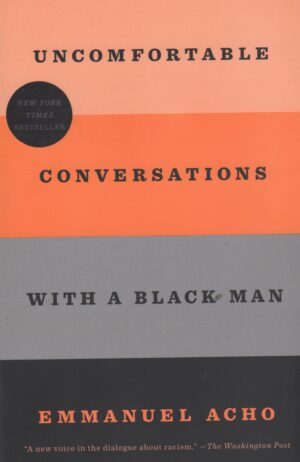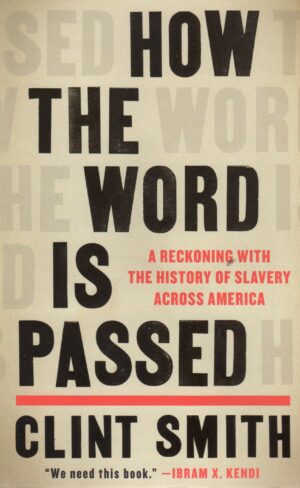
MM:
Could you tell the readers of FAR a bit about your Finnish heritage?
AK:
My dad’s family migrated from Karjala to Canada. His father came in 1925, followed by his mother and sister. Dad was born in Canada in 1935. They homesteaded in Northern Alberta. My mom was born in Forssa, Finland in 1930, and in 1951, migrated with her family to Edmonton. Finnish is the first language for both of my parents.
MM:
We met while attending Finn Fest in Thunder Bay, Ontario. What’s the importance of ethnic festivals to Finnish American and Finnish Canadian culture, language, and history?
AK:
The Finnish Community in Edmonton, Alberta is not large. Many of us are the children of immigrants. When I was younger, my parents were more active in the Finnish community. Many of these people immigrated to Canada around the same time as my mom and remain her life-long friends. I was fortunate to have my Finnish grandparents (and aunts and uncles) in Canada. Many immigrants have no other family in Canada. These gathering places allow them to share their culture with their children, non-Finnish spouse, and friends. Members of the community take on roles of honourary aunts, uncles, and grandparents for people who have no extended family in Canada. Festivals allow me to better understand my own family and be exposed to new stories. For my parents, it provides them with opportunities to speak their first language. I love reading books and watching films that have Finnish characters. They feel familiar and help keep me connected to current events and my culture. With the current situation between Ukraine and Russia, I feel it’s extra important to know Finland’s history.
MM:
I think you’ve traveled to 43 countries. Do you speak and/or write in Finnish?
AK:
My website is dated … I’ve traveled to more than 60 countries! I speak and write very little Finnish. When my parents were in school, they were discouraged from speaking their mother tongue. Even my grandparents spoke to us in English. I’m the 4th of 5 children and my family spoke English at home. My mom spoke Finnish with my oldest brother and sister when they were young. I wish my parents and grandparents had spoken Finnish with me so that I could converse with them in their first language. I’m in my late fifties and have contemplated taking a summer language course in Finland.
MM:
What’s the importance of getting away from one’s home, culture, and comfort zone to explore the larger world?
AK:
It’s important to step outside of my comfort zone and the homogenous groups I often find myself in. Traveling and meeting new people helps me look at the world in new ways. I’m exposed to new ideas, new foods, new ways of doing things. I love traveling to countries where English is not the first language because I must learn a few words and put effort into communicating. When visiting India, I experienced new smells, sounds, food – and witnessed people practicing their faith. Canada is a young country: I enjoy traveling to countries that have older architecture and a different history.
MM:
How did your family preserve a sense of Finnishness?
AK:
I grew up just outside of Edmonton, Alberta. When my child was born in 1998, my Auntie Maija hosted a baby shower and invited ladies from the Finnish community. I’ve known these people my entire life and many of them immigrated to Canada around the same time as my mom. The Edmonton Finnish Society hosted events throughout the year, and I’ve found recollections of the Children’s Christmas party. When I was a young woman, I stopped going to these events. Many of the Finns from that era drank heavily: some of the men engaged in inappropriate behaviour. I was also of the age that I wanted to hang out with my own friends. When I had a child in my early thirties, I returned to participating in Finnish community events. I wanted to introduce my non-Finnish partner to my culture. I’ve reconnected with people I grew up with and have met new people, more recent immigrants to Canada.
MM:
Did you always want to be a filmmaker?
AK:
My mother is an accomplished filmmaker in addition to being a textiles artist/weaver. She started making her films in her sixties. My father made nature films. My mother made films about artists and her migration/cultural experience. “The People of Sointula” is one of my favourites.
I spent a lot of time in nature growing up. I completed a degree in Recreation and Leisure Studies, majoring in interpretation. I wanted to be a “Parks Interpreter”, but those jobs disappeared around the time I graduated. I tried to stay away from the film industry but got pulled back in.
I love hearing people’s stories and sharing them. I get to ask questions that one normally does not get to ask over coffee or dinner. I once interviewed more than thirty people about their migration experience. Most of them, I’ve known since I was a child but had never heard their migration stories.
MM:
Talk a bit about Reel Girls, your production company. I note that you’ve been involved with everything from a true crime series for television (The Lie Detective) to nature documentaries (Return of the Peregrine).
AK:
Most of my projects are the result of personal connections. I love talking to people and hearing their stories. It helps me understand the world I live in and my own problems. I love traveling and new adventures. In 2006, I did a media embed in Afghanistan for a documentary that followed five military families for a year. Another project took me to China where we followed two childhood friends who were doing eco-rehabilitation work and knowledge sharing with scientists and farmers. People have such unique lives and when you meet them, you want to find out more. When people open up about their lives, I feel privileged, but also obligated to hold their stories sacred. I’m protective of the people I capture on film.
MM:
What’s the difference between being the producer of a project and being its director?
AK:
I often wear both hats. As a producer, I pitch ideas to investors and broadcasters to raise financing for a project and then oversee the execution of that project.
The director leads the creative team. She gives direction to the camera person, focuses the interview, comes up with ideas for scenes that assist in telling the story, and works with the editor to assemble the footage. At the end of the project, the director moves onto the next job while the producer works on distribution, marketing, and sales.
MM:
You’ve written for FAR highlighting your Finnish ethnicity. How did that start?
AK:
I received a grant to interview Finnish Canadians about their migration experience. I knew my parents, and many of the people in my community, were aging and I was running out of time. I also wanted to record my own family’s story. I interviewed over thirty people and the project resulted in eleven short films. The stories I write for FAR are as much for my subjects as they are for me. I’m proud of my Finnish heritage. And the reaction has been positive: my parents have my stories taped on their wall!
MM:
Your filmmaking explores environmental, social, and educational elements of modern life.
AK:
The stories I tell reflect my own journey (and in some ways the things I’m working through in life) and the journeys of people I meet along the way. Through stories, we learn about each other, get insight into each other’s lives, and better understand our world.
MM:
What projects are on your bucket list?
AK:
I’m working on a documentary, Lessons From The Sunflower (An ambitious man ascending the corporate ladder responds to a devastating cancer diagnosis). My mother’s going through her 3rd cancer diagnosis, and as Steven¾the film’s protagonist¾shares his story, it helps me understand Mom’s journey. It’ll be released later this year. I’m also working on a feature film with filmmaker Anne Wheeler titled When I Sing, based upon Anne’s life. The story takes us back to 1966. Dodie Spinner’s life seems perfect until she’s raped, left pregnant, and must fight for her future at a time when a woman’s choices are few. As a woman, the film’s subject matter resonates with me. I hope to get the film made in the next eighteen months. Then I’ll focus on retirement. I’ve been trying find more time for family, sauna, berry-picking, and hobbies. I also hope to travel more in the future, including a trip to Finland to see extended family.
MM:
Any chance we’ll see a Karvonen film at the 2023 Finn Fest in Duluth?
AK:
Any contact information you could share would be great! I’d be delighted to have one of my docs (or one by Mom or Dad) shown at the Festival.




















